The world may well be headed towards the other side of the COVID-19 pandemic-tunnel but, as more and more countries open up to international tourists (ours included), the need to prevent any infection when flying is as important as ever. Because who wants their travel plans derailed by an illness?!
Even though most airlines are doing their bit with a complex array of restrictions and requirements, there’s still plenty you can do to keep yourself safe.
Read on to learn how to minimise your risk of viral infection on a plane.
Is Flying Putting You at Increased Risk of Infection?
Flying can increase the risk of viral infection, but not for the reason you may think. Most people assume that the recycled air in an aircraft is what circulates viral bugs and increases the chances of illness. However, did you know that cabin air can actually be much cleaner than re-circulated air in your home or office?
This latest pandemic has shown us that the risk of catching a viral infection on an aircraft is very low as planes are fitted with surgical-grade air filters. Air is also circulated much faster in an aircraft and is completely refreshed every two to three minutes.
What can put you at risk of infection, however, is being close to someone who is sick. On a flight, you share the same space as countless others for several hours while you eat, drink and sleep. Not only that, you’ll be right behind (and in front) of others as you queue to check in, go through passport control, shop for duty-free and use the public washrooms. It’s this exponential increase of closeness that poses the greatest risk when flying.
So How Close is Too Close?
The perimeter around which an infected person can infect others is called the ‘transmission zone’ and this varies depending on the pathogen AND its variants.
The coronavirus is believed to spread through the droplets from an infected person’s sneeze or cough. This is why the World Health Organisation continues to recommend staying at least one metre away from other people, particularly those who are coughing or sneezing.

So, how can you minimize your infection risks when flying?
Choose a Window Seat
Studies have shown that people who sit in the window seat come into less contact with other passengers as they leave their seats less frequently. Also, if the plane has more than two seats per column, then the window seat is always one metre away from the aisle. This reduces the amount of contact that someone in the window seat has with passengers that walk through the aisle.
There is a caveat, however. Choosing a window seat doesn’t guarantee that you will not be seated next to someone who is infections. And, as we all know by now, someone infected with COVID-19 could very well be feeling fine and showing no symptoms at the start of a flight, only to deteriorate quickly throughout the journey.
Should you notice your seat neighbour starting to display symptoms of illness, discreetly inform cabin crew so they can take precautions and find you another seat. Don’t panic: airlines are well-versed in this scenario.The World Health Organisation has released specific recommendations for airlines to help them isolate an ill passenger.
Keeping your distance is just one of several things you can do to decrease your chance of infection when flying.
What Should You Bring on a Plane to Stay Healthy?

It’s fair to say everyone has now become accustomed to washing their hands thoroughly several times a day, especially before eating or after touching anything in public areas.
On a flight, it is important to take it one step further as you will be sharing common spaces with many other people.
Pack extra hand sanitiser and use it to clean all the surfaces in your immediate vicinity as soon as you seat down. Yes, the cabin crew has already disinfected surfaces but it pays to be extra cautious, in this case. A spray disinfectant is perfect for sanitizing your tray table, arm rests, window shade and utensils before meals. Just make sure you keep within the carry-on luggage restrictions (usually less than 100ml).
It’s also a good idea to pack tissues, hand-gel and a small garbage bag so you can dispose of your trash responsibly.

Use Contact-less Check In & Bag Drop, if Available
Dodge those queues altogether and check-in online prior to reaching the airport. Once there, head straight to the self-service bag drop. This way, you can be checked in and ready to board without the need for close contact with anyone.
Self-service bag drop is not on offer with every airline and at every airport, but online check-in alone is a huge time/contact saver, at the very least
To Mask or Not to Mask…
(ps. it may not be up to you)
The wearing of protective masks has been a hotly-contested issue all over the world in the last two years. Various countries (and airlines) decided to set up their own rules in this regard. When it comes to flying, nowadays, you must abide by the rules as stipulated not only by the airline, but also by the airport out of which you are flying.
To use a mask effectively, it must cover your nose and mouth without any gaps around your face. It should be removed once it is damp and changed immediately. When removing a mask, do so by the straps. Avoid touching the actual mask to minimise the risk of spreading droplets onto your hands. Also wash and sanitise hands before you put a new mask on and after you take an old one off. For plane travel, keep a ziploc bag for soiled masks, allowing you
Usually, mask exceptions are made in specific instances, such as in regards to very young children (usually < 2 years of age) or those with medical issues related to breathing difficulties. Mask wearing in public has become a controversial issue yet no matter your personal stance, do know that every airline has detailed its own requirements. QANTAS, for example, is requiring every passenger to wear a mask as flights resume. Keep checking on the official page for updated info.
What Can You do During the Flight to Stay Healthy?
To stay healthy on a flight, be very diligent about sanitising your hands and your surroundings. Avoid touching other items or part of a plane as much as possible and if you do, make sure you sanitise your hands afterwards.
Also, sanitise your hands when you exchange objects with the flight attendants as their hands will come into contact with many other passengers’ items.

Airlines are currently restricting in-cabin movement as best they can. Long gone are the days when people could congregate around the washrooms for a chat and a stretch. Make sure to follow your cabin crew’s instructions and do remember that everything they do is to ensure your health and safety. On a plane, restricting your movements means restricting your contact with others and that is a great way to further minimise virus infection.
Moreover, many airlines have also restricted their in-flight meal services and entertainment, so make sure you know what to expect. Skipping your meal on a short flight is also a great way to minimise contact.

Image: airlineporter.com
Don’t forget to stay hydrated while you fly, particularly if on a long-haul trip. Humidity in the cabins is very low which can dry out the mucous membranes in your nose making them less effective at fighting against infection.
It’s also a good idea to see your doctor before you travel for a general check-up and for advice on how you can stay healthy during the flight and your trip.
What to Do If You Feel Unwell During Your Flight
If you start feeling any symptoms of illness in the days prior to flying, contact your airline or travel agent immediately. You should definitely defer your travels if you are unwell and airline representatives can talk you through your options, going forward.
Should you start showing symptoms of illness during your flight, let the cabin crew know straight away and they’ll put their emergency isolation plan in action.
Health Tips to Remember
- Avoid travelling if you are sick.
- Pack plenty of sanitiser, tissues and face masks.
- Wash and sanitise hands frequently, especially after using the bathroom and before eating.
- Keep your distance from other passengers and sit in the window seat if possible.
- Skip meals/snacks to avoid contact with cabin crew
- Avoid boredom and restlessness by doing these exercises in your seat
References:
How to avoid catching coronavirus on an airplane.
How not to get sick on a plane, A guide to avoiding pathogens.
WHO: Novel coronavirus 2019 advice for public.
Coronavirus: how to lower the risk of infection while flying
WHO: (COVID-19) Public advice: When and how to use masks
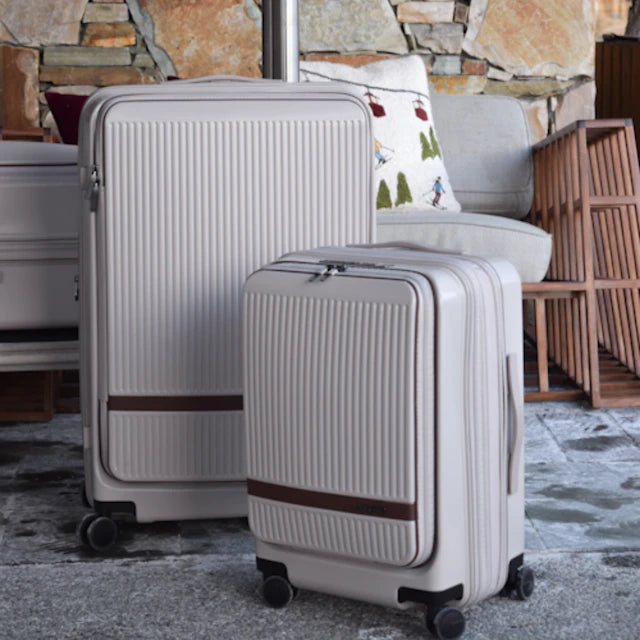
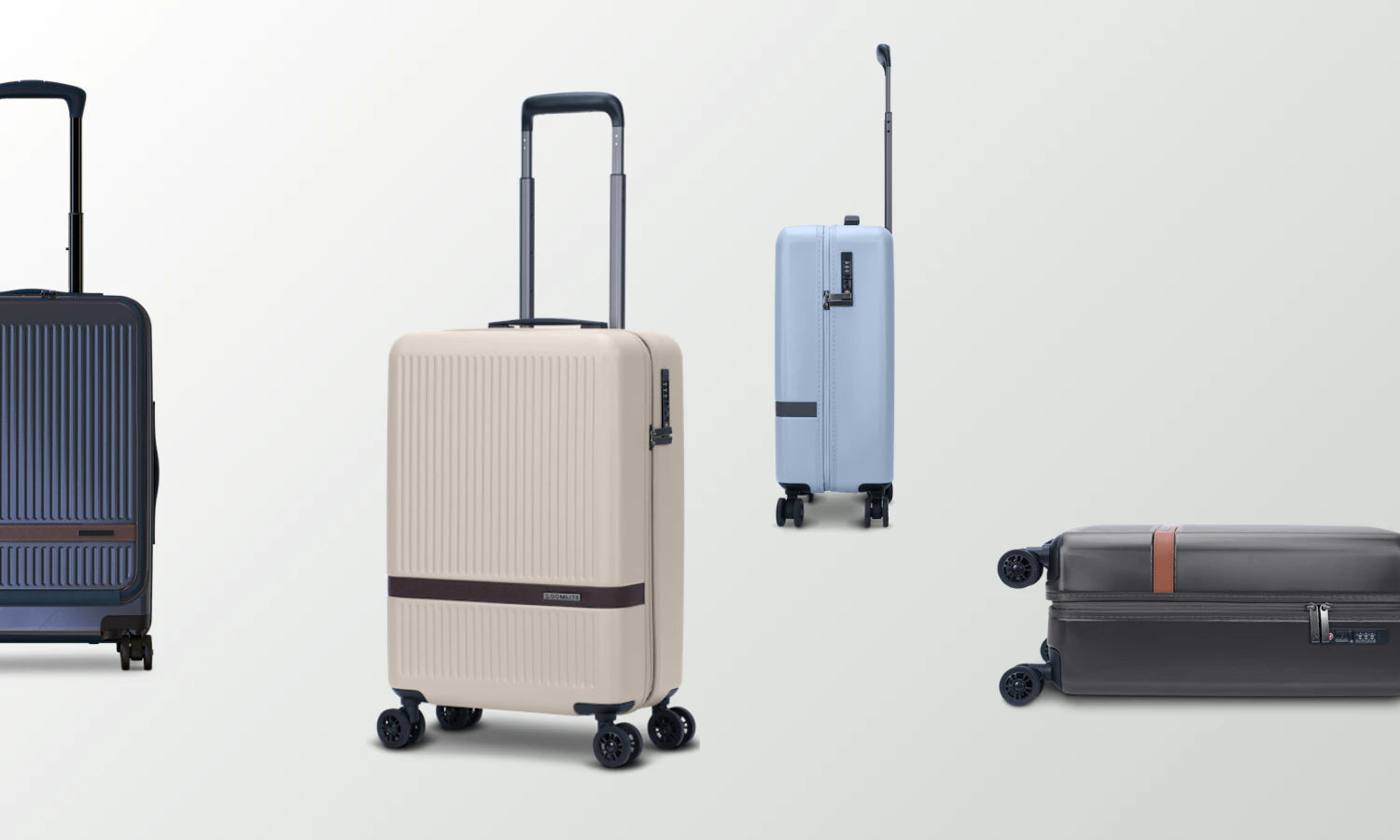
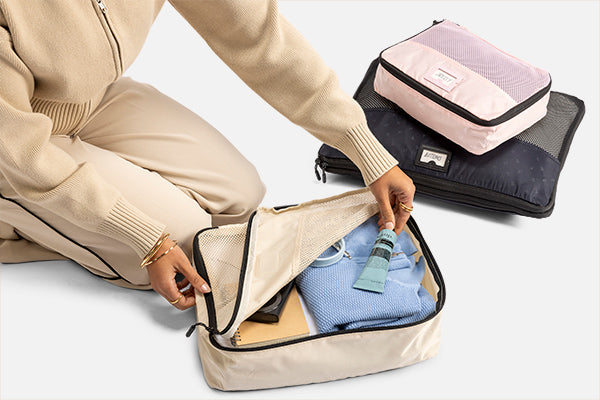
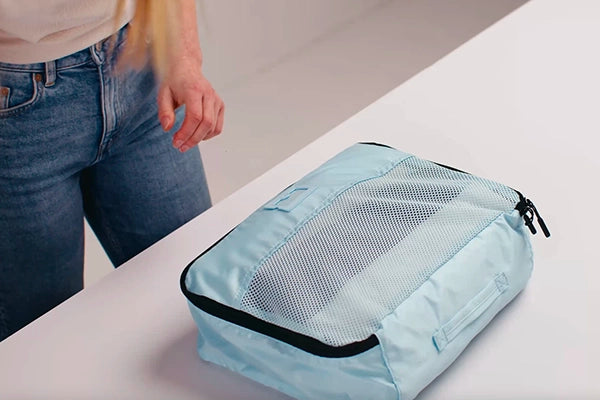
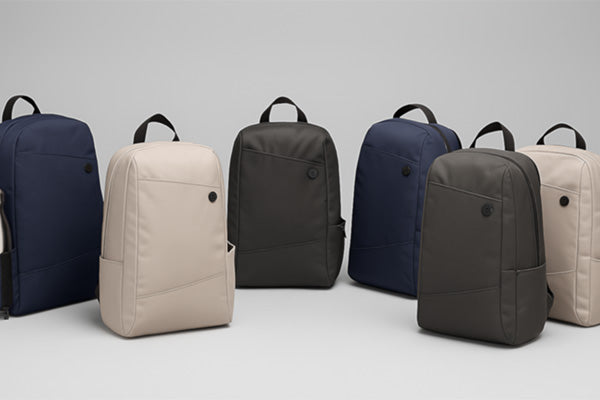
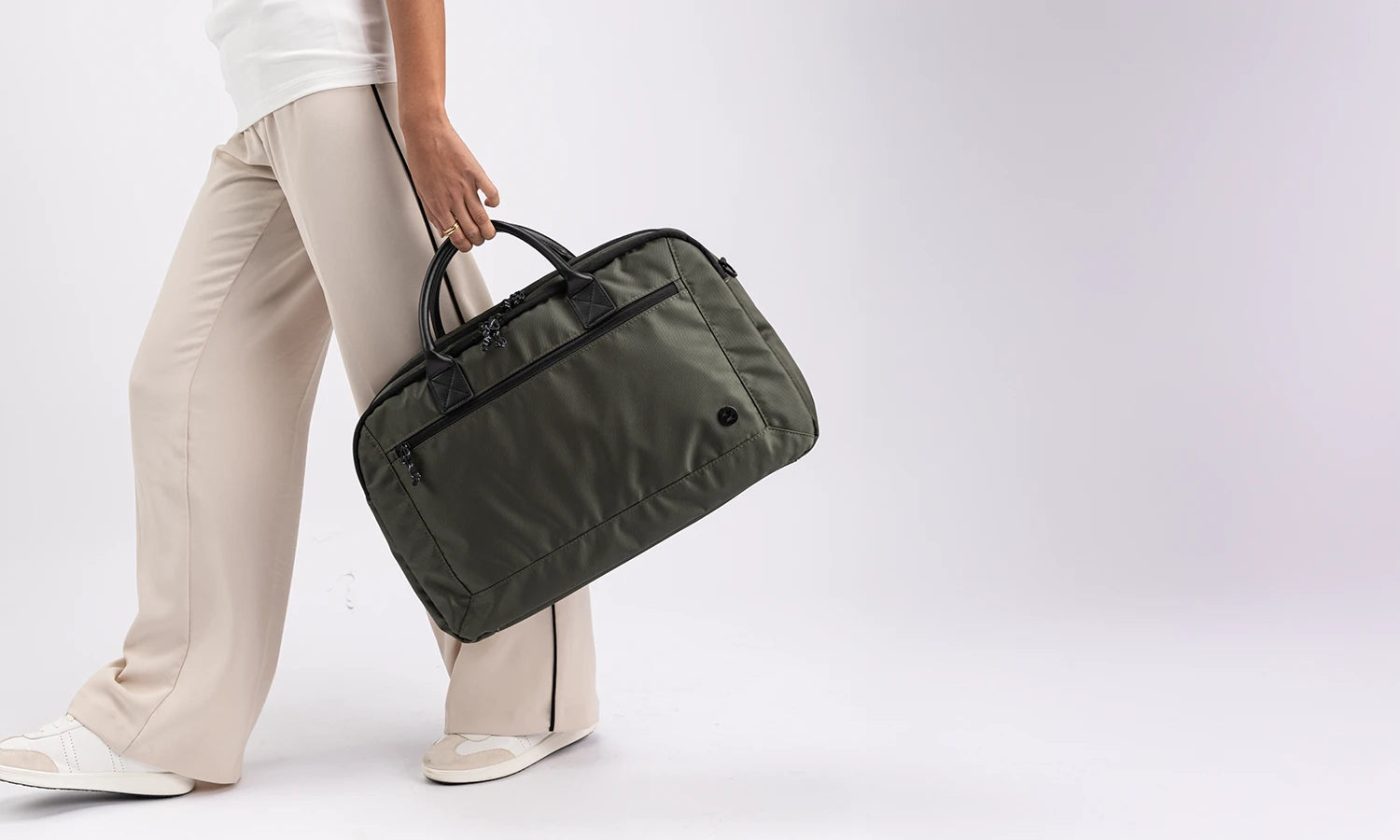
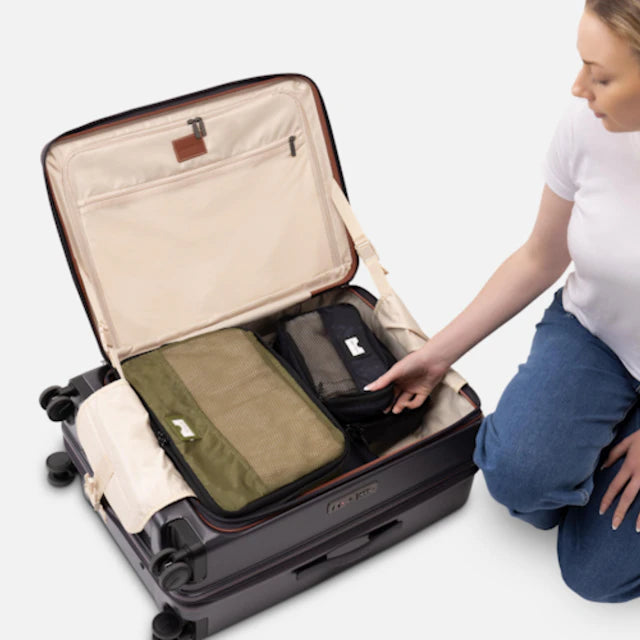


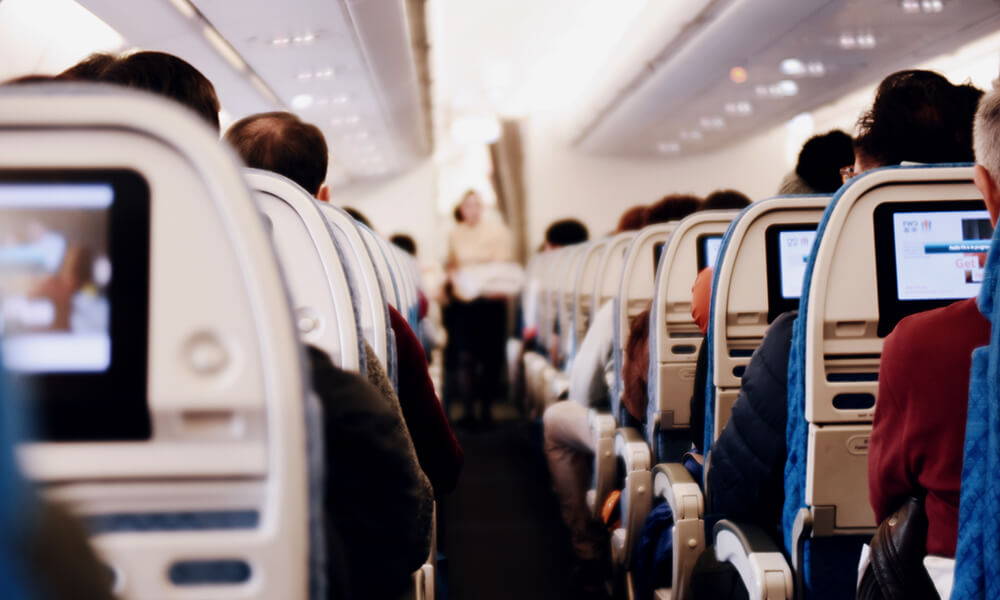







Hi Zoomlite
I think you have provided excellent information to your customers.
What is the limit of liquids that you can take in your cabin luggage? Isn’t it 100mls.
Leave a comment